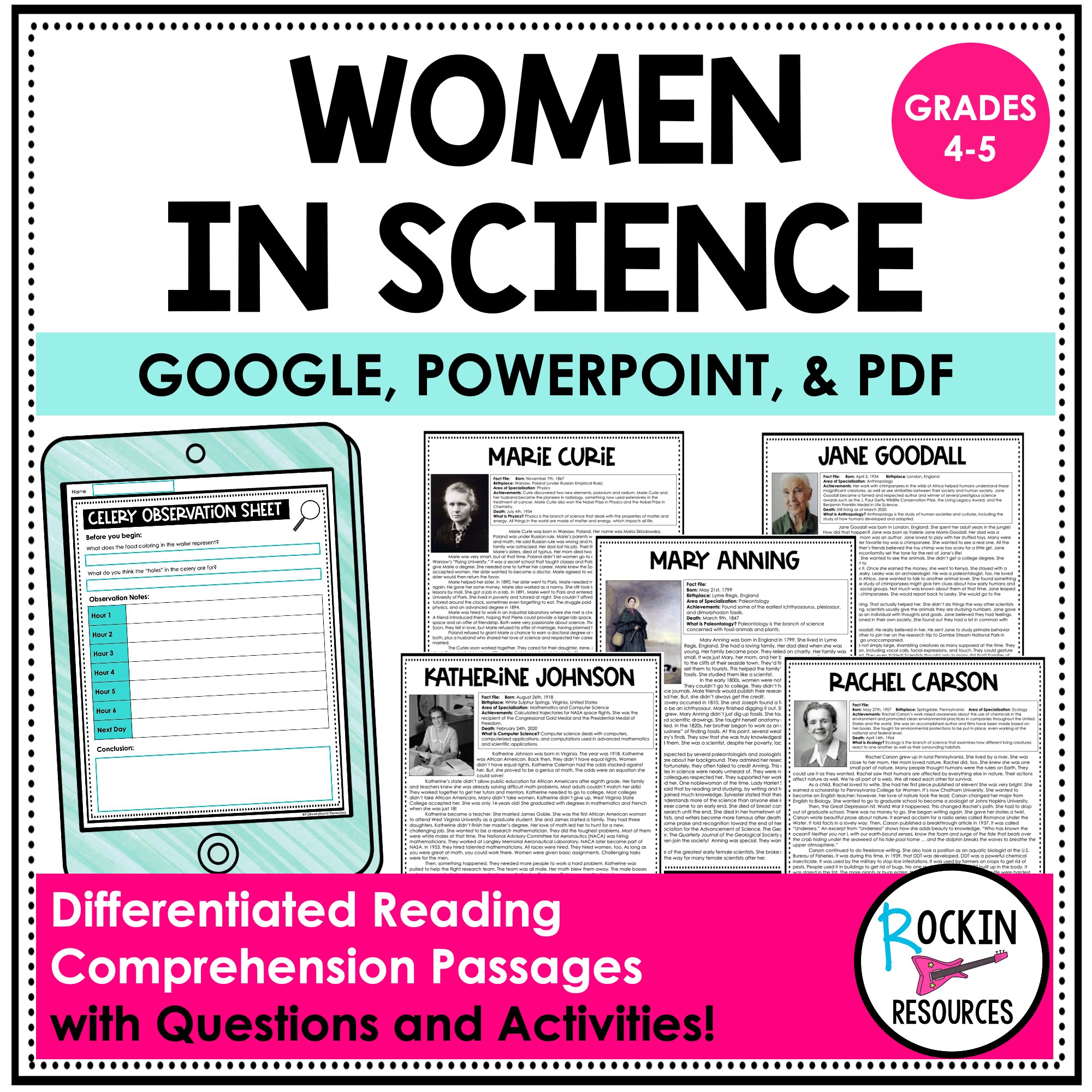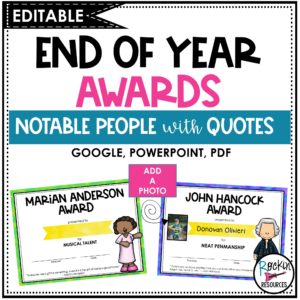The month of March is lovingly celebrated as Women’s History Month. As you are prepping for fun classroom activities, you may begin asking yourself, “what exactly is Women’s History Month?” If you are looking to teach your students the true meaning and history behind this monumental month, keep reading!
Women’s History Month reflects upon and celebrates the contributions women have made to culture, history, and society every March. Women’s History Month serves to honor the many impacts of women in the United States. The celebration first started as a week-long event in the school district of Sonoma, California, in 1978. Hundreds of students viewed presentations, wrote essays, and attended parades. Shortly after, in 1980, President Jimmy Carter announced that the week of March 8 would serve as Women’s History Week. The following year, the U.S. Congress passed a law marking the event as a national celebration. Then, six years later, in 1987, the National Women’s History Project petitioned Congress and succeeded in extending the celebration from one week to the full month of March. Now, every year, Women’s History Month has a theme. In 2022, the theme for Women’s History Month is ‘Providing Healing, Providing Hope’.
There are countless women that can be studied this month, but here is one to get you started. Discover, Mary Anning, one prominent woman in history that can be credited for “providing hope” to young girls around the world for her achievements.
Did you know that according to the UNESCO Institute for Statistics (UIS) only 30% of world scientists are women? If that surprises you, imagine how Mary Anning would feel.
Who is Mary Anning?
Born in 1799, Mary Anning was only twelve years old when she identified the first skeleton of an ichthyosaur dinosaur. Living near the sea, Mary liked to collect fossils left behind after storms. Speaking of storms, legend traces Mary’s love for science to a very peculiar incident that occurred on August 19, 1800. At only fifteen months old, Mary was being held by a neighbor who was watching a traveling equestrian show along with two friends. Unfortunately, while standing under an elm tree, lightning struck, killing everyone but Mary. Later known as the ‘Fossil Hunter’, Mary went on to make many influential geological discoveries. She is definitely someone we need to celebrate in March. You can learn more about Mary Anning and others in this resource.
International Women’s Day
Today’s students can seize this year’s theme of hope knowing that when it comes to making a difference, age and gender are inconsequential. As Mary Anning found, all you need is a spark of curiosity. Rockin Resources wants to help spur that curiosity with a fantastic resource, Women in Science, that features differentiated passages, questions, and engaging tech activities. Scientists including Mary Anning, Jane Goodall, Katherine Johnson, Marie Curie, and Rachel Carson are celebrated.
If you are looking for more ways to celebrate Women’s History, see more blogs below or check out my Amazon book list.
Keep Rockin’,
SEE SIMILAR BLOGS:
DISCOVER RELATED RESOURCES:
SHARE THIS POST ON PINTEREST:

https://www.history.com/topics/holidays/womens-history-month
https://www.womansday.com/life/a34908026/womens-history-month-facts/








